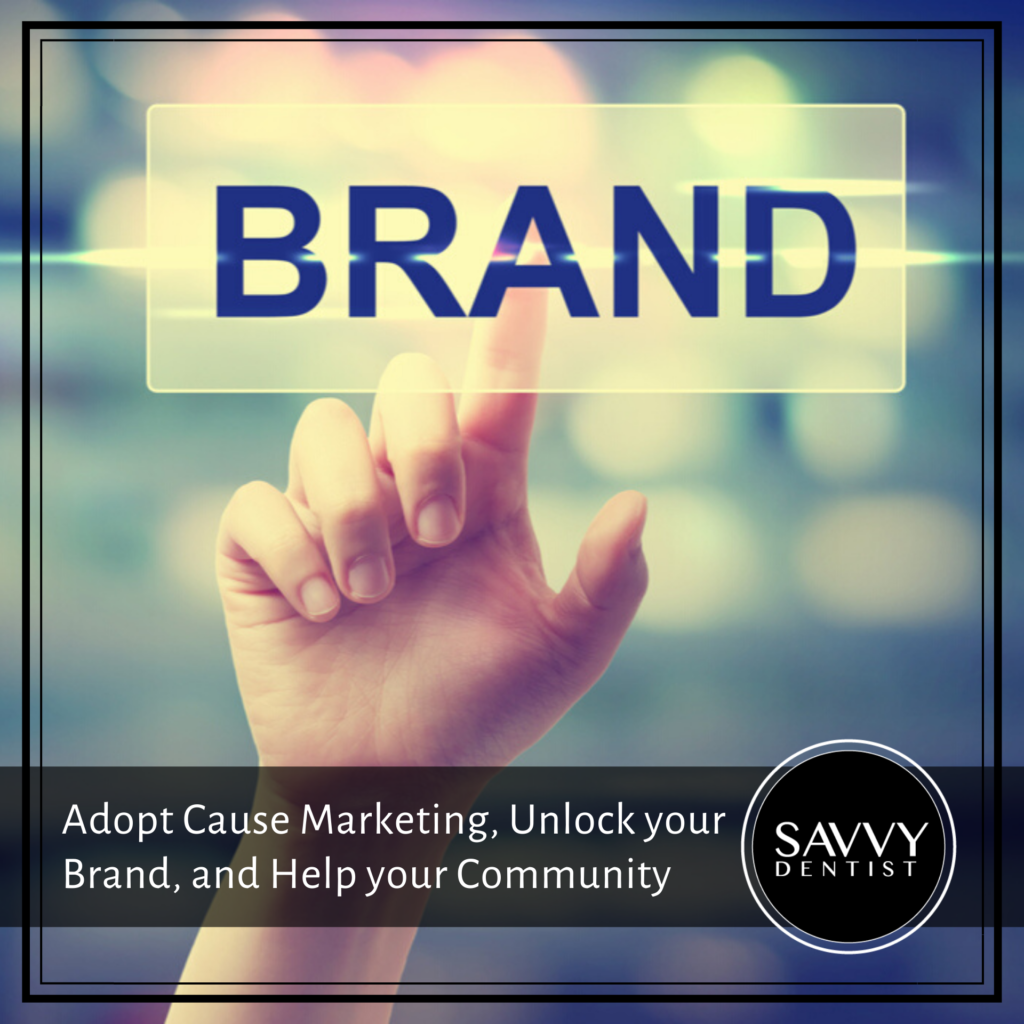The Internet offers people an unparalleled chance to be informed consumers. When the review, brand history, and values of a company can be found through a quick Google search on a smartphone, it’s easier than ever to be choosy about the brands we support.
Increasingly informed consumers are pushing a new wave of social responsibility onto brands. The concept of ‘cause marketing’ is now widespread across Australia. Consumers want to know that brands are making the world a better place – and want to participate too.
Cause marketing is when a brand aligns itself with a cause. Not only does this help unlock a brand’s social value, but it can improve revenue, increase outreach in the community, and create real social change.
Up until now, there has been a polarization. You can be involved in business or charity, but not both. There was a strict dichotomy between non- and for-profit companies. But cause marketing creates a wonderful synergy where a for-profit company can harness partnerships to do good.
Cause marketing is a win/win/win.
The consumer wins. The business wins. And of course, the cause wins. The key to cause marketing is to ensure that everyone wins in the end.
And the results were amazing. Not just in terms of sales, but also in terms of brand health. What I mean by that is, you can measure how people trust and relate to the brand.
Your business can prosper from this. It’s not just you donating money or donating time. It’s about creating a commercial outcome that provides benefits to a good cause, your consumer (by purchasing your product), and your bottom line.
The power of the right cause.
The sales of Pampers – a brand of nappies owned by the global brand Proctor & Gamble – were down during the holiday season in 2006. The Pampers brand centres itself around caring for the happy, healthy development of babies. The brand launched a cause marketing campaign in partnership with UNICEF called “One Pack = One Vaccine”.
Every four minutes, a newborn baby somewhere in the world was dying due to tetanus, due to factors like unhygienic birth conditions. UNICEF was running a programme to tackle neo-natal and maternal tetanus (MNT). For each pack of nappies sold the company would fund the production, distribution, and administration of a tetanus vaccine to a baby.
In a time period where cash-strapped families were turning to off-brand nappies, Pampers went above and beyond to offer additional value to consumers for a cause they care about. This mission to eliminate neo-natal tetanus really resonated with families with children of their own. What started off as a one-off promotion grew into something much bigger. They have funded 500 million vaccines and eliminated MNT in 20 countries.
vaccines and eliminated MNT in 20 countries.
It’s not about making the brand a hero.
A lot of people come to the concept of cause marketing with a mindset of, “Okay, so I support a cause. How do I tell people about it?”
Truly powerful cause marketing flips this script on its head. It’s not about the brand adopting a cause and trumpeting it in their marketing materials so it appears charitable to consumers. It’s about giving your customers (or patients) the chance to be the hero.
Define a goal. Then invite your employees, customers, patients, and partners to collaborate with you to achieve it. You will reach so much further, resonate so much stronger, and increase engagement like wild.
It comes down to this: people want to feel good about themselves and what they’re doing.
Keep this in mind when developing a cause marketing campaign. It’s not just picking a charity. It’s really nailing down how you can leverage your resources as a brand to offer a chance for your customers to participate and do good.
The upsides are nearly endless.
Cause marketing can be a shining prism refracting light in every direction. From a business perspective, personal fulfilment perspective, customer engagement, employee engagement, brand differentiation, and social impact perspective, there are so many positives.
Just like consumers, your employees want to feel like they are making a difference in the world while they are at work. Brands with strong cause marketing campaigns have seen an increase in applicants, increased employee retention and engagement.
From the example above, the “One Pack = One Vaccine” campaign spawned an employee engagement programme, which has attracted some of the best world-class talent to the brand. It’s a powerful example of a cause marketing campaign offering a long-term strategy that unifies people around a larger vision.
Explore the possibilities and find a sweet spot that speaks to you and your patients.
Final Words…
I am very much of the view that business can be a force for good. In fact, I would love to see that become the norm. There are so many opportunities for dentists to give back to our communities and offer real, positive change.
Is cause marketing something you’ve tried? If not, are you inspired to find a cause now? Let’s continue this conversation over at our Facebook Group. If you haven’t already, please follow the group and join in with our community of like-minded dentists.
Our Savvy Dentist app is now live! It is free to download for both iOS and Android through the Apple App Store and Google Play Store, respectively. Not only is it a central location to access all of our blog posts and podcast episode, but we have additional resources, tips, and tricks.
Please do take advantage of our additional resources. We’d love to see you in those forums and continuing the conversation about all this related to the business of dentistry.






